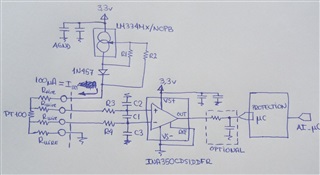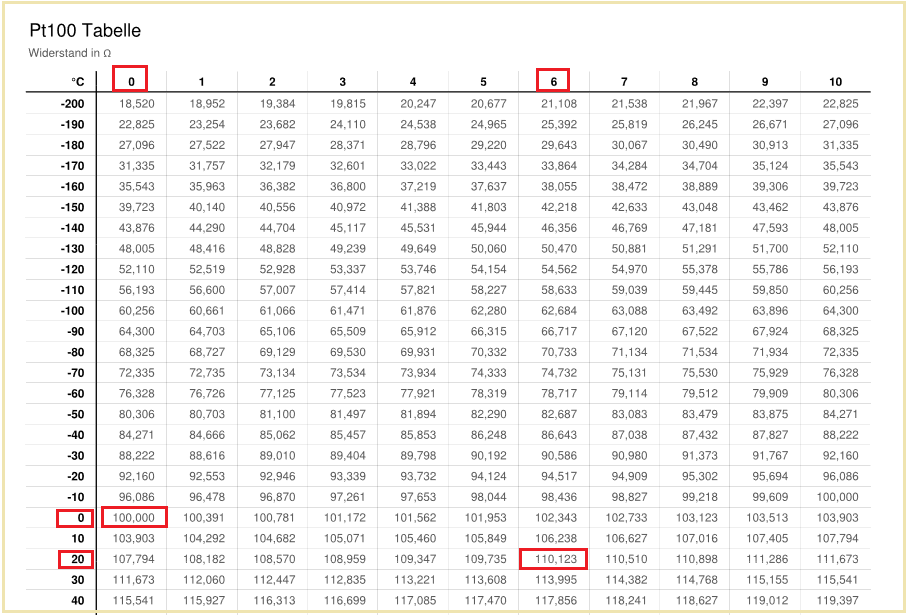Other Parts Discussed in Thread: ADS1120, ADS112C04
Hi everyone,
Some time ago I created a thread to be able to design a circuit to measure temperature with an RTD (thread)
Now I have the design almost finished:

I only have two questions:
1.- Is there an application note or a document that allows me to theoretically approximate what the error would be in the temperature measurements with the attached circuit? That is, to mathematically analyze the circuit and approximate the error in the temperature measurements.
2.- I know that if I use a differential amplifier with better Gain error, PSRR, noise immunity, etc; the circuit would be more accurate, if I used a more accurate current source things would improve in the measurements, but in the circuit I designed, is there any way to improve the measurement accuracy with a few components, maybe connect Vref to 1.2mV or place caps between the anode and cathode of the 1N457 diode to GND?


